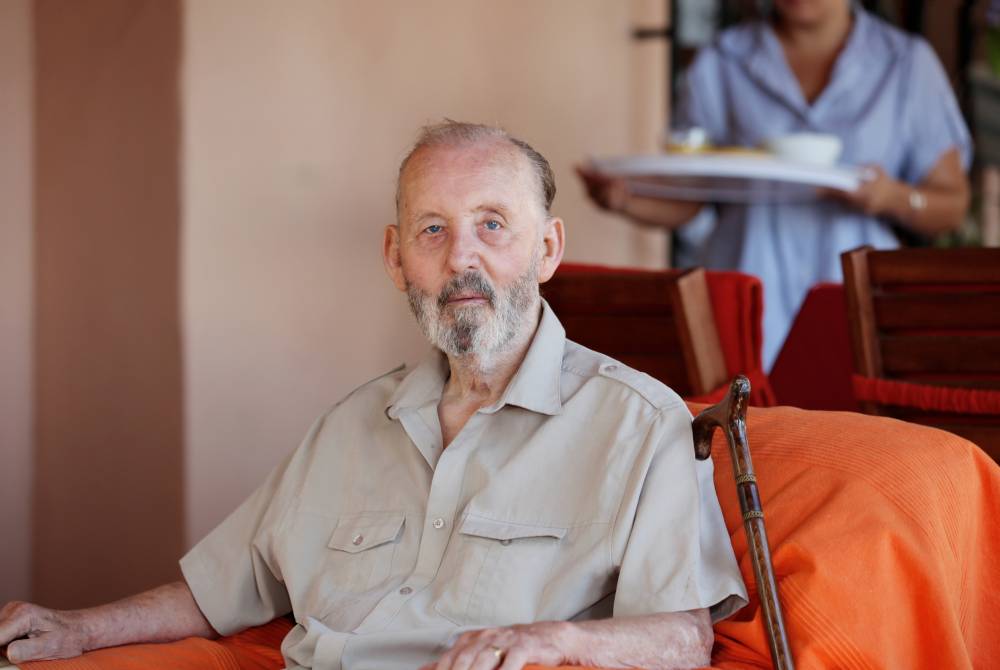
Staff ratios have been a hot topic in aged care for some time now, and with the introduction of Rebekha Sharkie’s private member’s bill, and now the subsequent government inquiry, a national conversation on the topic is underway.
The Inquiry into the Aged Care Amendment (Staffing Ratio Disclosure) Bill 2018 by a House of Representatives Standing Committee was launched on 14 September this year, and submissions have just been published online.
The submissions show, in general, support for some form of staffing ratios in aged care, but, as is so often the case, the devil will be in the finer details of the legislation.
South Australia’s Centre Alliance member for Mayo, Rebekha Sharkie, introduced a private member’s Bill earlier this year that proposes that aged care providers publish the ratio of aged care recipients to aged care staff every quarter.
The Bill also proposes the break-down of staff be shown, for example information about how many Registered Nurses, Enrolled Nurses, Personal Care Attendants, Allied Health Staff and Other Staff are employed at every aged care facility.
The Bill proposes that any changes to staffing ratios of more than 10 per cent between quarterly reports be made public.
The Australian Medical Association said it supports the Bill, but said residents’ level of care needs should also be provided including how those needs change over the course of a day. The AMA also said there should also be a minimum staff-to-resident ratio.
In its submission, Aged and Community Services said it “supports the principles of comparability”, but said the bill in its current form may not achieve its stated aims because comparison of data will remain difficult, and because employing greater number of staff does not necessarily equate to better care.
ACSA said industry and government should develop a more meaningful and comparable “suite of quality indicators”.
In its submission to the Inquiry, COTA, the peak body for older Australian, said it was not clear if mandated staff ratios would improve the quality of care in aged care.
“Evidence is inconclusive as to whether mandated ratios directly improve quality and safety outcomes for residents. If mandated staff ratios cannot be guaranteed to lead to improvements in quality and safety, then serious questions need to be asked as to whether it is appropriate to impose them.
COTA said it doesn’t support the introduction of mandated staff ratios, but as staffing skills and qualifications are one of the most common subjects asked about aged care, it does support publishing staff qualifications, quantity of staff, and the ratio of staff to residents. COTA recommends that the data must enable consumer to compare facilities on a like-for-like basis.
COTA also warned of the costs associated with introducing mandated staff ratios. It said Stewart Brown estimates the cost of legislating direct care staffing hours to 4.3 hours per resident per day would increase care staffing costs by an overall average of $53.09 per bed per day ($19,379 per bed per annum, currently estimated to be a 20 to 25 per cent increase in total costs for organisations).
The Department of Health laid out the changes to the aged care sector that are already underway.
The Department said it needs to be determined whether or not the level of detail outlined in the Bill would be useful to consumers, and also said how the information is made available to consumers should also be considered.
“In seeking to provide greater transparency around staff ratios, it is important any measurements selected and the way they are communicated are chosen carefully.
“The information would need to be oth easy to understand and support people to consider staff ratios alongside a range of relevant information when choosing an aged care provider, acknowledging that there are a range of issues to consider in assessing the quality and safety of aged care providers.”